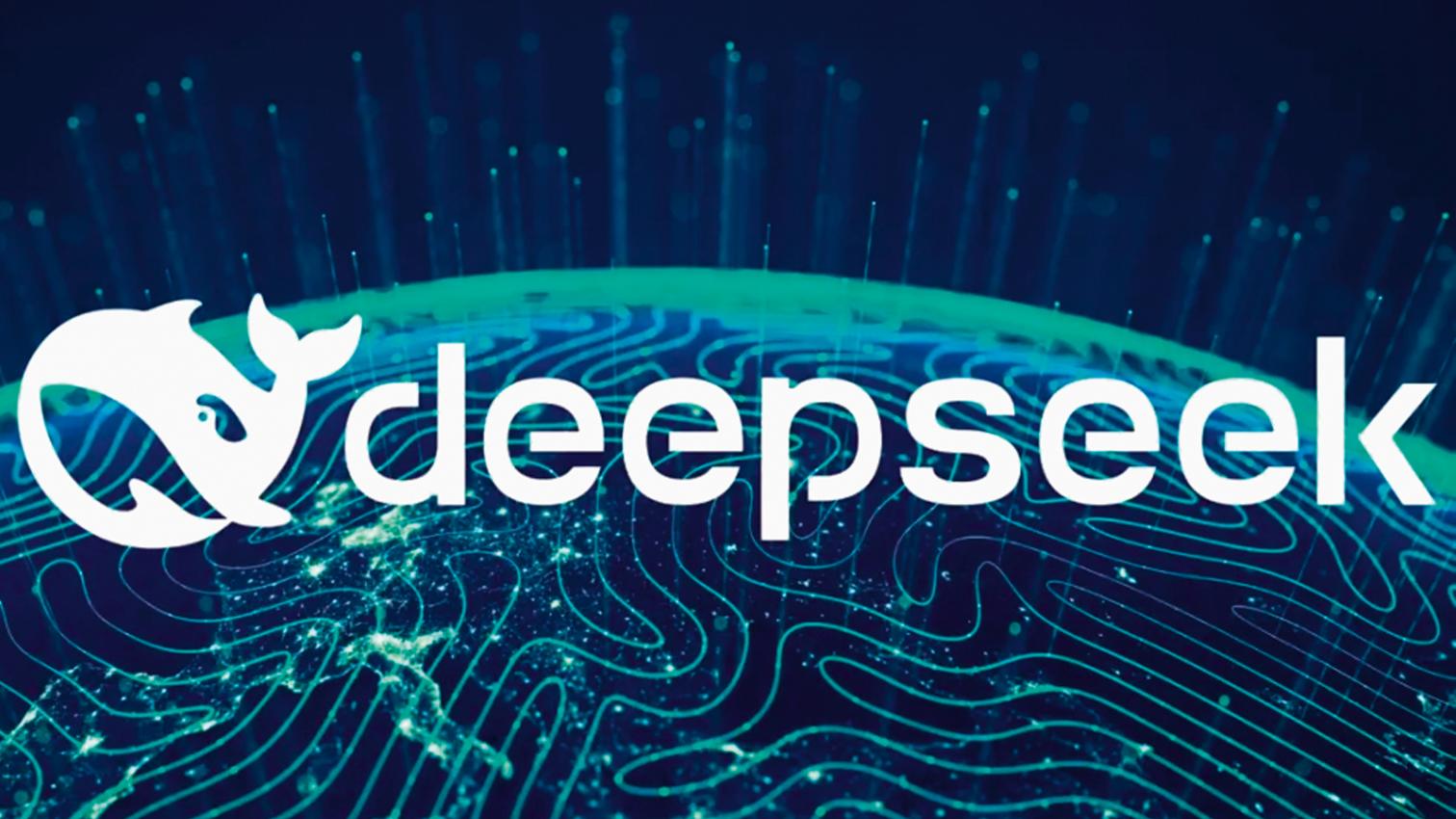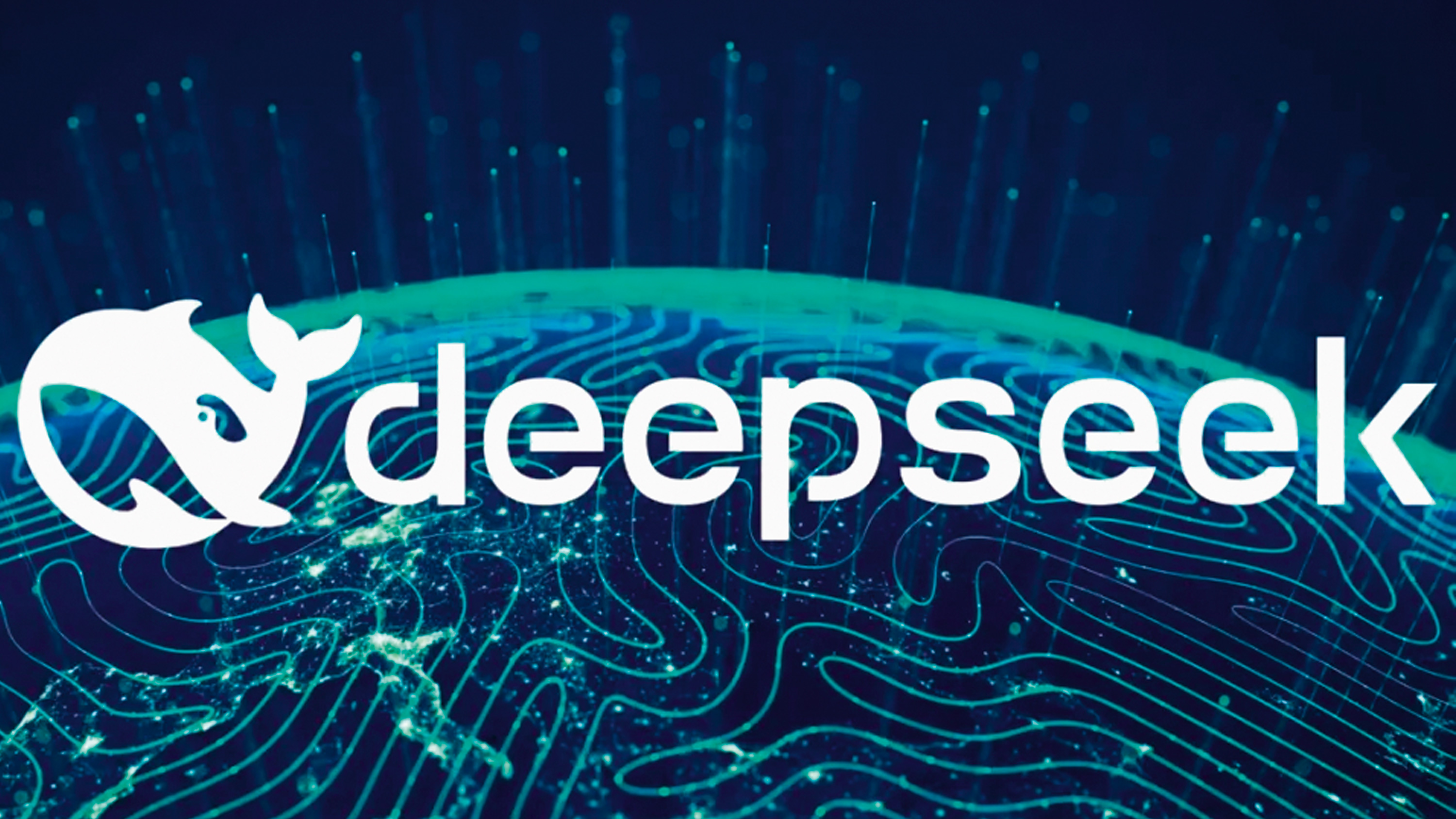
If the launch of the artificial satellite Sputnik on 4 October 1957 set off the space race between the Soviet Union and the United States, that of the generative artificial intelligence DeepSeek’s R1 model on 27 January 2025 sparked the cyberspace race between China and again the United States. The tech investor Marc Andreessen was first to point out that the DeepSeek shock marked a ‘Sputnik moment,’ and his diagnosis has been repeated in numerous newspaper features. A week after Donald Trump took oath, and within days of the newly sworn-in president’s announcement of a $500 billion investment in AI through the Stargate alliance, the appearance of the latest version of DeepSeek – an open-source language model developed with limited economic investment and requiring an energy cost significantly lower than that demanded by existing tools – caused a stock-exchange tremor, with losses of $1,500 billion in the Nasdaq market, and the crash of Nvidia, the world’s most valuable company, whose shares suffered a drop of $600 billion, the biggest single-day market-value plunge ever.
Nvidia, founded in 1993 by Jen-Hsun Huang, a Taiwanese immigrant who after studying at Oregon State University and Stanford transformed the architecture of microprocessors, now leads the production of GPUs, used in the training of AI models, and this explains the fall of its value the moment an algorithm requiring much less computing power appeared. But companies that supply energy and infrastructure for data centers also suffered losses, because the model developed by the young engineer Liang Wenfeng in Hangzhou – a Chinese city which is an extraordinary tech laboratory for startups – requires a much smaller amount of energy and water for cooling processors than the traditional one, whose environmental dangers have raised alarm in all territories – including our own – that have opened themselves to the feverish construction of those colossal premises where information is processed. Besides a low-cost model that democratizes artificial intelligence, DeepSeek can be a tool that impacts less on the environment, and a stimulus for future developments where talent is more important than funding.
The impact of the humiliation suffered by Silicon Valley and the tech oligarchs – Jeff Bezos from Amazon, Mark Zuckerberg from Meta, Tim Cook from Apple, Sundar Pichai from Google, Sam Altman from OpenAI, and Shou Zi Chew from TikTok – who, headed by Elon Musk, have closed ranks behind Donald Trump has its main geopolitical dimension in the tug-of-war between China and the United States for scientific, economic, and political supremacy, but it also opens a window of opportunity for a Europe that is finding itself left behind in the development of artificial intelligence, and which can perhaps now smarten up, as the Chinese have done when faced with the American embargo of their latest microprocessors. In his farewell address, Joe Biden mentioned Dwight Eisenhower’s in 1961, which warned the nation about the military-industrial complex, and it is true that the turbo-capitalism of the ‘broligarchs’ casts shadows on the future of AI, but the impact of this technology in all areas – from the labyrinths of language to the spatial mapping of proteins – is so colossal that we cannot but embrace its development, however swift and chaotic it threatens to be. Here at Arquitectura Viva we have posed the same questions to DeepSeek and ChatGPT, and the sophisticated intelligence of their different answers have provoked in us more admiration than apprehension: if Sputnik triggered a contest in outer space that bore innumerable technological fruits on Earth, the competition between models of artificial intelligence is bound to offer dazzling innovations in our everyday lives.






